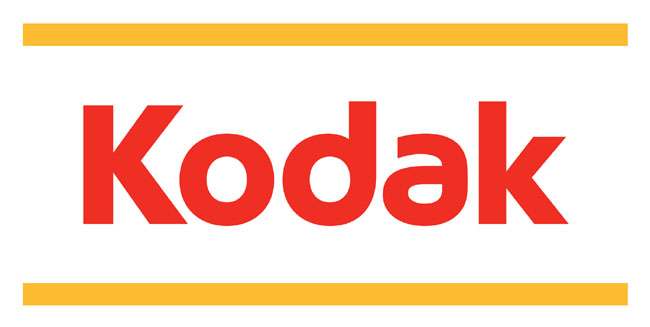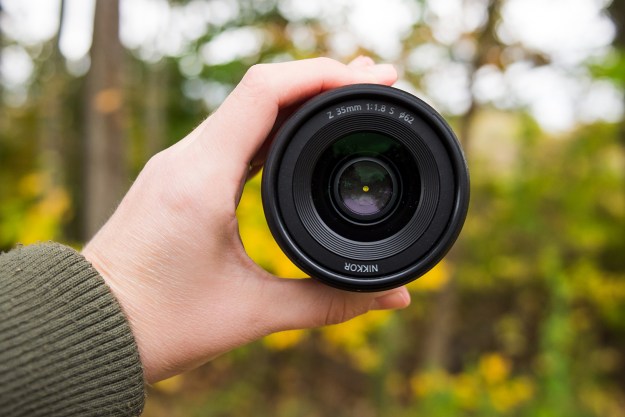
Photography pioneer Kodak is looking towards a grim 2012 as the world continues to leave traditional film photography behind—and now shakeups in the company board may be adding to the pressure. The company has lost three members of its board in the last week: Adam Clammer, Herald Chen, and Laura Tyson have all tendered their resignations, with Tyson’s departure only becoming public knowledge via an SEC filing. Clammer and Chen were board members representing the private equity firm KKR & Co, and had joined the board in 2009 when KKR put $300 million in Kodak; Tyson is a professor at the Walter B. Haas School of Business at UC Berkeley.
No replacements have been named.
Kodak is facing a very difficult 2012: as the world has turned to digital photography, Kodak has failed to retain its once-dominant role in the still and motion photography business. Kodak hasn’t turned a profit since 1997, and recently warned investors the company may not survie 2012 unless it can secure some $500 million in new capital or financing. Kodak had been banking on a massive payday from patent infringement suits against Apple and RIM—with Kodak publicly speculating the results could be worth $1 billion—but the U.S. ITC dealt the company a setback earlier this year by finding only limited infringement. The case is still wending its way through reviews and appeals processes, but in the meantime, Kodak is increasingly strapped for cash.
Many industry observers expect Kodak to work to secure new debt financing and look to sell off portions of its substantial patent portfolio in order to bolster its cash position in 2012. Recognizing the importance of its intellectual property to the company’s future, Kodak just promoted general counsel Laura Quatela to the role of President, servicing alongside Philip Faraci—both Feraci and Quatela will report to CEO Antonio Perez.
Kodak recently sold its sensor business to Platinum Equity, and just announced a deal to sell Eastman Gelatine Corporation to the Vion Food Group for an unspecified amount: Eastman Gelatine originally focused on gelatin products for high-end movie film, but had diversifying into pharmaceutical and food-related businesses.
Editors' Recommendations
- 5 reasons I love the Leica M11 camera and 5 reasons I don’t
- The best photography tripods
- The best point-and-shoot cameras
- The best photo scanners
- How to use exposure compensation for perfect pictures with your camera or phone


